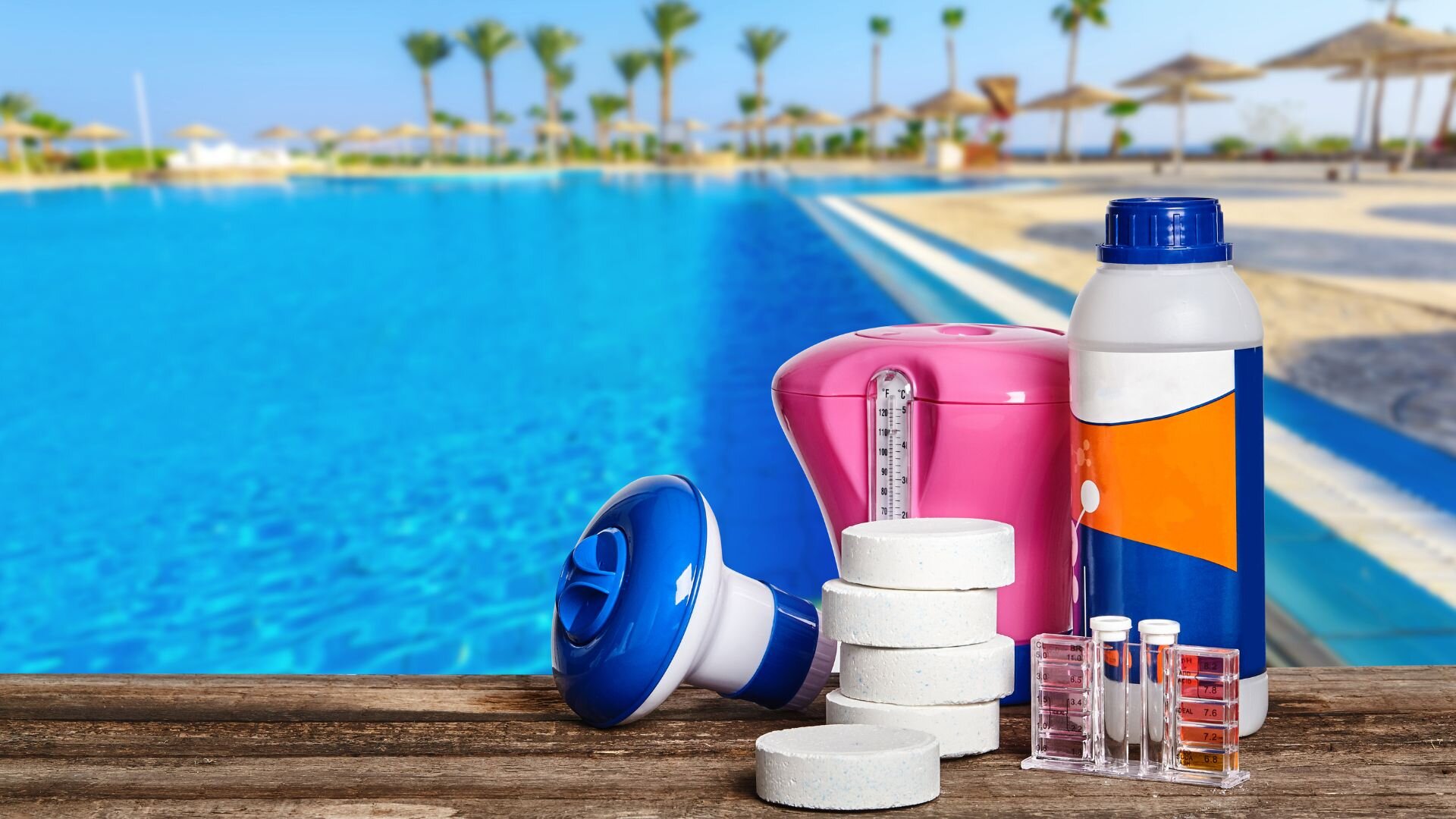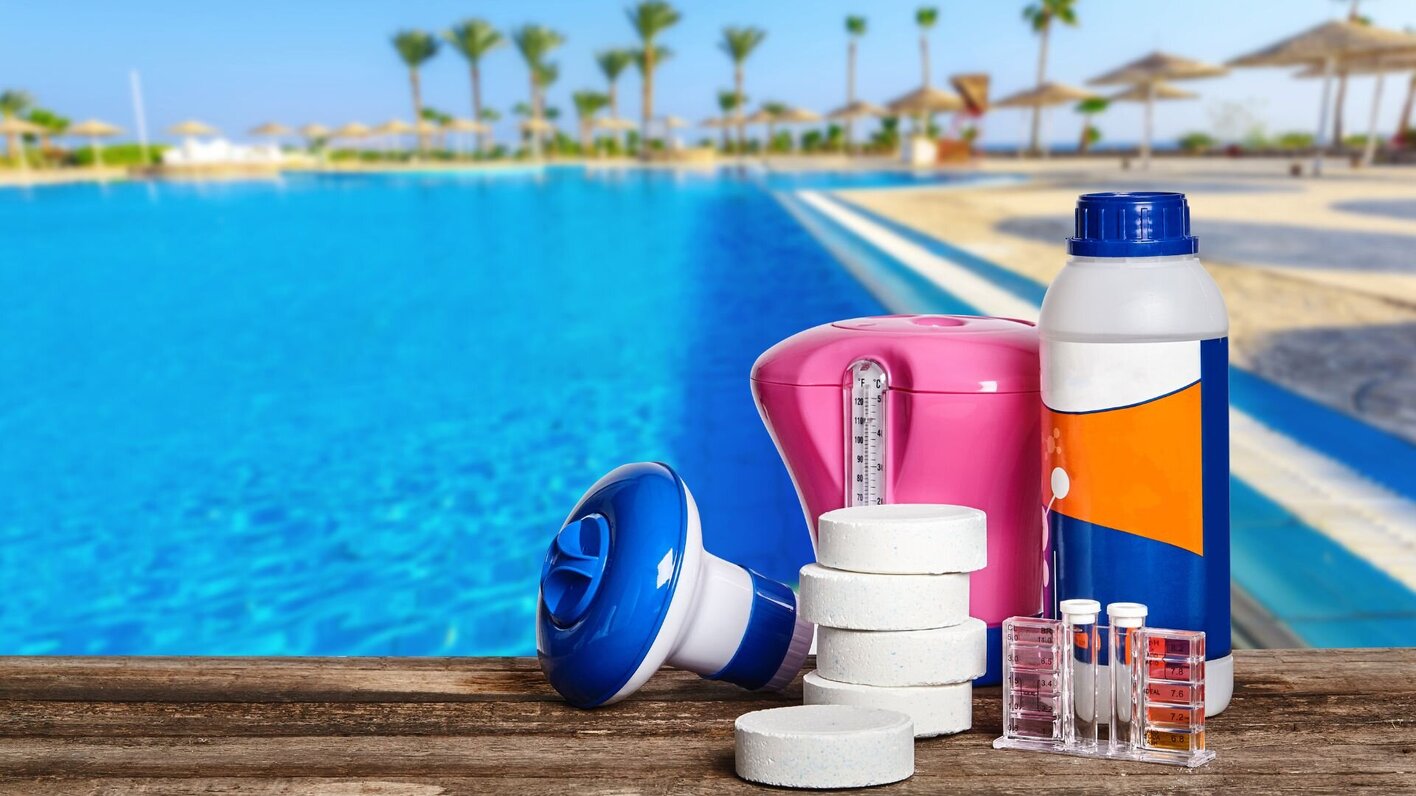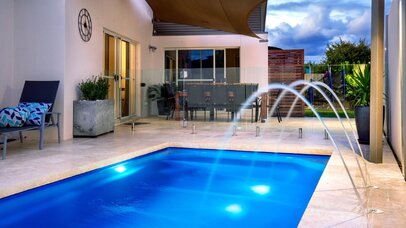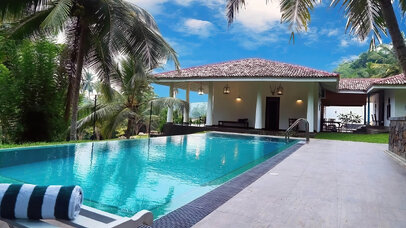
Sparkling, clean and crystal-clear pool water is the dream of every pool owner. Beyond just aesthetics, proper pool water balance helps ensure sanitation, prevent damage from corrosion, and create a comfortable swimming environment. Maintaining the optimal pH range is one of the most important factors in pool water chemistry.
pH refers to the alkalinity or acidity level of the water. For pools, the ideal pH range is between 7.4-7.6. Too acidic or basic water can lead to skin and eye irritation, cloudy water, scale buildup, and pool surface and equipment damage. Pool owners can regularly test and adjust the pH to keep their water in the "sweet spot" for sanitation and swimmer comfort.
This guide will cover everything you need to know about pool water pH. You’ll learn why proper balance is crucial, how to easily test the pH levels, what to do if the reading is too high or low, and how to maintain proper levels. We’ll also summarise potential issues if the pH strays outside the ideal range. For pool owners in Sydney looking for the clearest, most sparkling water, this guide from the experts at The Pool Co has the pH-balancing tips and tricks you need. Read on to give your pool water the care it deserves this season!
Why The Swimming Pool pH Level Matters
For several reasons, proper pH balance is crucial for a swimming pool’s water. The ideal range falls between 7.4-7.6. Water with a pH lower than 7 is acidic, while higher than seven is basic or alkaline. Too acidic water can damage the pool’s surfaces and equipment and cause discomfort for swimmers. Highly basic water leaves mineral deposits, clouds the swimming pool’s water, and reduces the effectiveness of chlorine sanitation.
Chlorine, one of the key pool chemicals, can effectively kill germs and bacteria by keeping the pool’s pH in the proper range. The swimming pool’s water will be clear, prevent scale buildup, and feel gentle for swimming. Regular testing and adjusting of the pool’s pH is necessary for comfort and sanitation. Allowing the pH to fluctuate too high or low results in an unsafe and unsightly pool. Pool maintenance professionals recommend testing the pool’s pH 1-4 times weekly and using pool chemicals to maintain proper balance. Proper pH balance as part of regular maintenance keeps swimming pool water clean, clear, and safe.

Testing Your Swimming Pool’s pH Level
Testing pool water pH is quick and easy using test strips or liquid test kits. These testing methods allow you to get an accurate pH reading. Test strips compare colour, while kits give a more precise pH measurement. For pools, pH should be checked every week. The ideal testing time is in the afternoon when the pool is considered the most used for the day.
Take water samples 18-24 inches below the surface from multiple spots around the pool, such as the deep end, shallow end, and near the filter. Compare test strip colours to the key, or use a pool test kit liquid per directions. Consistent test times and locations allow you to track pH fluctuations. If pH is outside the ideal range, adjustments should be made.
Lowering High Pool pH Levels
If testing the pool water’s pH indicates it is above 7.6, it must be decreased. This is done by adding pH decrease or muriatic acid, common pool chemicals used in pool maintenance. These acidic products lower the water’s alkalinity levels. A pool maintenance professional recommends adding small amounts, like 1/2 cup decrease or 1-2 cups acid per 10,000 gallons. Retest the water’s pH in 4-6 hours and add more if needed.
Don’t overshoot; very low pH is problematic and can damage equipment. Avoid using highly acidic cleaners, which can cause the pool’s pH to crash dangerously low if overused, resulting in cloudy pool water.
When lowering high pH, have a water sample tested first. Then, add the pool chemicals gradually, retesting the water’s pH multiple times to slowly bring it down into the ideal range between 7.4 and 7.6. This ensures the pool remains clean and helps prevent damage to pool surfaces. Testing frequently prevents overshooting pH levels since the water’s chemistry is delicate. Work carefully when adjusting pH so your pool’s water remains balanced and your pool equipment stays protected.

Raising Low pH Levels
The pool water quality test shows that the pH is below 7.4, which is too acidic and needs to be raised. This is done by adding baking soda or sodium bicarbonate, alkaline substances that will bring the pool’s pH back up into the proper range. Start with small amounts, like 1/3 pound of baking soda per 10,000 gallons. Retest the water’s pH in 4-6 hours using pool test strips, adding more if it is still low. Low pH can rise quickly, so go slowly to avoid overshooting the correct pH level on the scale.
Pool water with low pH contains excessive hydrogen ions, making it too acidic. By gradually adding baking soda, an alkalinity increaser, the total alkalinity can be raised, which will help bring the pool’s pH to the ideal level between 7.4 - 7.6. Retesting using test strips allows you to slowly inch up pH without overshooting. Test frequently when raising low pH to reach the correct level. Proper total alkalinity helps optimise both pH and chlorine levels for clean pool water quality.
Maintaining Proper Balance
Once the pool’s pH is balanced within the ideal range, continue testing weekly and adjust as needed. Minor additions of pH decrease or alkaline substances like sodium carbonate can tune up the pH before it strays too far out of range. Consider a digital chemical controller, which automatically dispenses a pH adjuster based on measurements. This makes maintaining perfect pH levels effortless. Don’t leave pH unchecked for long periods, as water chemistry constantly shifts.
Keeping pH balanced takes regular effort, but clear, comfortable water is worth it. The pool’s water temperature and size impact the pH over time. As swimmers use the pool, hypochlorous acid and other chemicals change, affecting the pH. Adding a small amount of sodium bisulphate or more chlorine can rebalance the water. Follow the manufacturer’s instructions when adding chemicals, and avoid splashing them on the skin, as they can cause itchy skin. Stay vigilant by testing pH often to maintain proper water balance.

Common pH Issues in Swimming Pools
pH drifting too high or low results in water chemistry issues. Low pH turns water abrasive, corroding surfaces and irritating eyes. Equipment damage and plaster etching occur. High pH renders chlorine ineffective, allowing algae and bacteria to grow. Water clouds from mineral deposits and scale accumulation.
Swimmer discomfort results from skin and eye irritation. Maintaining proper balance prevents these problems. Catch issues early by testing pH weekly before problems escalate. We have guides detailing how to remedy specific high or low-pH issues if an imbalance occurs. Keep reading to learn how Pool Co experts can save you from pH frustration.
Let Sydney’s Top Builder Keep Your Pool pH Balanced
At The Pool Co, we make water chemistry easy. Our pool cleaning service includes testing and adjusting your pH to maintain a perfect 7.4-7.6 balance. Let our experts handle the testing and tweaking so you can enjoy clear, comfortable water all season.
We catch pH fluctuations early and have the right products to correct high or low readings. Enjoy the peace of mind that comes with sparkling, clean pool water. Contact The Pool Co today to schedule service on your Sydney area pool.



